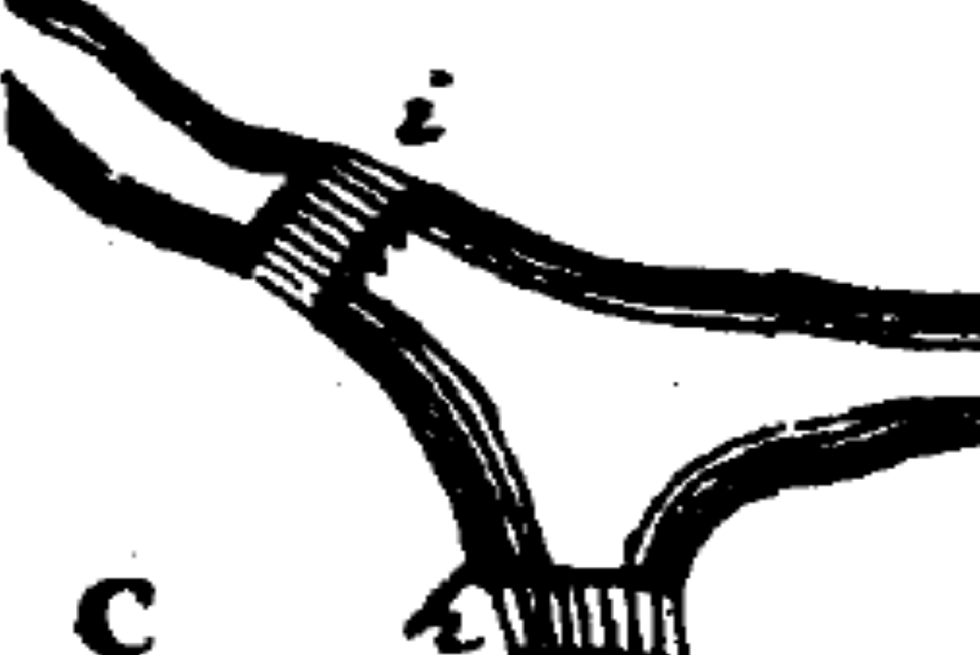Vectoring
From the Series: Topology as Method
From the Series: Topology as Method

Through the open window come,
just once and no more,
The visiting winds from
the Infinite,
All these words
I have read a million times—
Always the same words. . .
Always the same,
Visiting winds. . .
—Emanuel Carnevali, “Furnished Room Rhapsody” (1928)1
There are two sets of assumptions participants in HIV/AIDS public health campaigns in Tajikistan agree on and work with. First, “HIV has no borders”—a slogan written on big banners held up at every campaign site, rural and urban alike. That the virus can arrive insidiously from faraway territories and continue to travel through the rugged mountains, urban areas, and arid planes of Central Asia, no one doubts. Its infectious power commands an infinite reach.
In pursuit of this infinite reach local NGOs are tasked by national and international agencies with implementing HIV literacy workshops, theater performances, and other pedagogical activities. In so doing they reveal the second set of assumptions: though it knows no borders, the virus stops, transfers, and continues in the course of its devastating infinite itinerary. Three distinct points of passage or singularity emerges in its Eurasian parkour: the Russian mistress, the Tajik migrant laborers, and the Tajik housewife.
In the course of my ethnography of these public health campaigns, there gradually arose a space of learning within the space of pedagogy. On the one hand, the HIV virus was given an infinite power of affliction (AIDS). The virus, through its infectious power, leveled spaces of social differences and scales of societal distances across geographical, racial, gender, socioeconomic, emotional, religious, and other divides: it brought the blonde Russian seductress into contact with the virile figure of the Tajik migrant laborer only to relate them further and farther afield to the stereotypical docile housewife awaiting patiently the return of the head of the household thousands of miles away in Tajikistan. Traversing various layers of sociality, the virus itself remained unaffected across the terrains of transaction, transfer, and traveling. It made a body of infection out of the social.
On the other hand, the pedagogical campaigns also focused on preventative measures to curb the space of infection: Tajik laborers embarking on a new life in Russia should protect themselves from sexually transmitted HIV exposure, returning migrant laborers should go through diagnostic tests back in Tajikistan before having unprotected sex with their spouses (ideally a three-month period of abstinence), and finally what wives should do in case of exposure to the virus and to prevent its passage to the unborn child. The campaigns were truly prophylactic not only by fanning the flames of infective parties but also by focusing on preventative strategies: where, how, when, and by whom can the virus be stopped? Engaging with the infinite of viral infection, the campaigns were in search of a limit.
In a lecture course on Spinoza, Gilles Deleuze (1981) offers two contrasting approaches to the metaphysical problem of limit: “the outline limit” and “the dynamic or tension limit.” The first concept of limit points to ending coordinates such as the external surface of a thing or its disappearing extensions into the void. The second constitutes a measure of power internal to itself in which the limit to a thing is known in what the thing is capable of doing, its acting space proper to itself. As an example for the latter, Deleuze draws on the limit of a forest as the power of its action:
The thing has no other limit than the limit of its power [puissance] or its action. The thing is thus power and not form. The forest is not defined by a form, it is defined by a power: power to make the trees continue up to the moment at which it can no longer do so. The only question that I have to ask of the forest is: what is your power? That is to say, how far will you go?
Drawing on the above concepts of limit, I propose two ways to approach the pedagogical space of public campaigns on the problem of HIV infection via migration.
In the first, external sense of limit, the infectious disease spreads as far as there is ignorance of its routes of passage, where its onslaught is hopefully delimited by the prophylactic knowledge furnished by the campaigns. Hence the Russian blonde, the virile Tajik migrant laborer, and the docile housewife are treated as points of passage on the external surface of viral infection, a boundary at which the pedagogical campaigns depict a public health battle scene between knowledge and ignorance. For each point of passage, counteracting measures are implemented: informational pamphlets are distributed to departing labor migrants in the airports and train stations, free condoms brought to each household by local health workers, and religious admonishments are decreed by clergies against sexual contact with Russians.
On the other hand, the three points of passage can also construct a dynamic or tension limit of the infinite plane of infection, revealing where and how the virus strives for and qualifies its bid to infinite affliction. Each case manifests a power of vectorial action proper to itself: feminine beauty possessed by the Russian blonde, virility possessed by the Tajik migrant laborer, patience and hope possessed by the Tajik abandoned housewives. With each case, a vector-character restages the same challenge of "how far can a virus go?" to ensure that a pedagogy of external intervention is resourced adequately by a folk epidemiology: “Russian women are irresistibly attractive,” “Our men work harder and love more passionately than Russian men,” and in rural Tajikistan the wives of absent migrant workers ask HIV educators if the wind can carry the virus and expose them to infection—a wind blowing to their power of passing through absence.
1. I’d like to thank my friend and mentor of American literature, Dr. Kamran Ahmadgoli, for his suggestion of the poem.
Deleuze, Gilles. 1981. “Sur Spinoza.” Cours Vincennes, Saint Denis, February 17.